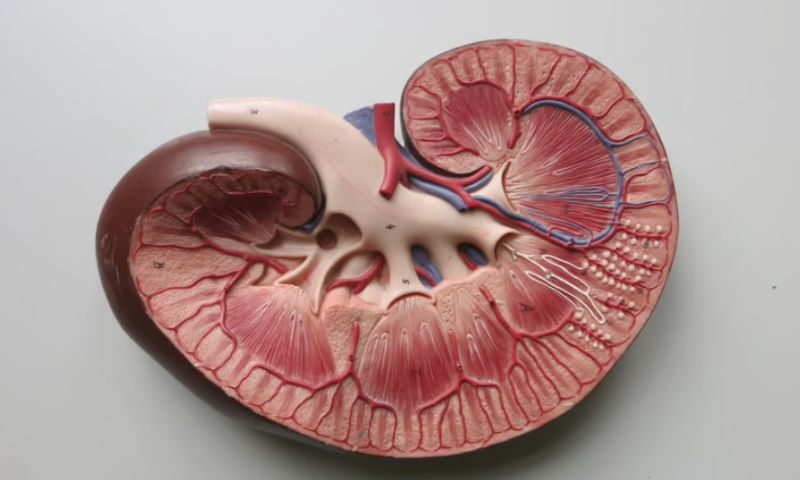Genexine has laid down a marker in its bid to challenge for the chronic kidney disease (CKD)-induced anemia field, showing that its investigational drug candidate matched Roche and CSL Vifor’s Mircera in an interim look at phase 3 data.
Roche developed Mircera, a long-acting erythropoiesis-stimulating agent (ESA), and won approval for the drug but licensed the treatment to Galenica for commercialization in the U.S. in 2015. Two years later, Galenica’s health division rebranded as Vifor Pharma, which was acquired by CSL for $11.7 billion last year. Over the first half of CSL’s financial year, Mircera generated (PDF) sales of $258 million.
Now, fresh competition is on the horizon. South Korea’s Genexine is comparing its drug candidate, GX-E4, to Mircera in a phase 3 clinical trial that has enrolled 391 adults with non-dialysis CKD and anemia in seven countries in Asia and Oceania. Participants haven’t received ESA for at least 12 weeks before enrolling.
Investigators randomized the subjects to receive GX-E4 or Mircera. GX-E4 was initially given every two weeks, before the interval between doses was extended to every four weeks during the extension period of the study. The schedule mirrors the label (PDF) for Mircera, which is indicated for use every two weeks at first with the option to switch to monthly dosing once hemoglobin has stabilized.
When GX-E4 was given every two weeks, 69.6% of participants met the response criteria, compared to 63.2% of their peers who received Mircera.
Buoyed by the data, Genexine and its Indonesian partner KG Bio plan to wrap up multinational phase 3 studies within the year and start filing for approval. The partners plan to file in Indonesia before seeking approval in Korea and countries in Southeast Asia.
Approvals would validate Genexine’s approach to extending the half-lives of drug molecules. Rather than rely on glycosylation or PEGylation, Genexine uses the hyFc fusion protein technology to extend the gaps between doses of its treatments.

